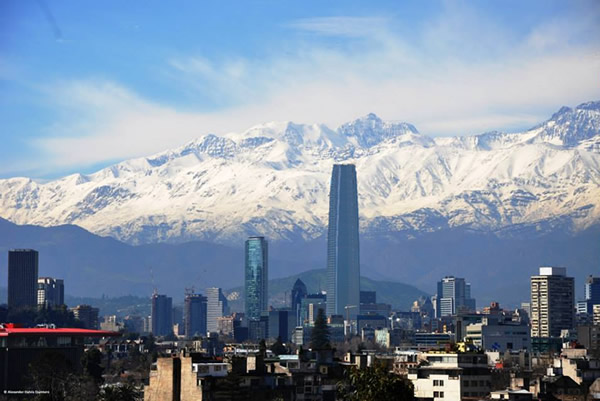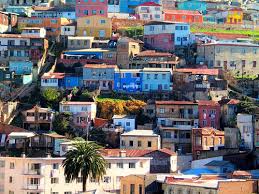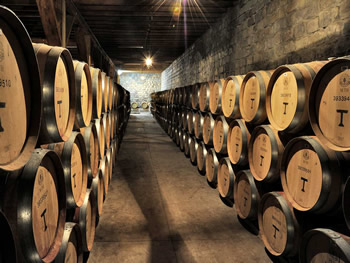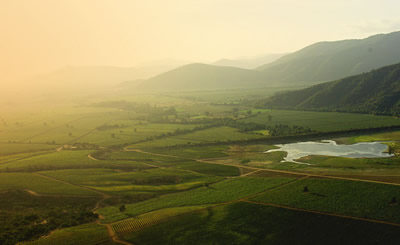TOURISM
 ABOUT SANTIAGO
ABOUT SANTIAGO
Santiago will host the 5th IEEE Latin American Conference on Communications, LATINCOM 2013.
Visiting Santiago
Santiago's public transportation system (www.transantiago.cl) allows visitors to reach almost every place around the city. The subway system (called Metro, www.metro.cl) is one of the most modern, clean and safe underground means of transportation in the world. In addition to this, 210 kilometers of urban highways cross the city connecting the center with the commercial areas and the surrounding neighborhoods.
NOTE: Rush hours are from 7:30 to 9.30 AM and from 5:30 to 8:30 PM.
Santiago hosts the headquarters of many important companies and all government agencies and institution offices are also located in Santiago. Concerning Universities, according to the last national rankings, 6 universities of the top ten lists are located in Santiago.
TURISM
|
There are several attractions nearby Santiago:
The valleys surrounding the city contain the most famous Chilean wineries. Their proximity to the Andes also gives then a privileged location near the best ski resorts, such as Portillo, Valle Nevado, La Parva and Farellones (ski season goes from June to October). |

About 100 kilometers from Santiago, is locater another very interesting place to visit: Valparaíso, whose natural, architectural and cultural beauty has earned Unesco recognition. It has been declared a World Heritage site. Besides Valparaiso is Viña del Mar, considered Chile's tourist capital, is the seat for the International Song Festival. It also features excellent beaches and a valuable architectural heritage. Its first-class hotels and gastronomic opportunities drives its booming tourist development of the city. Both Viña del Mar and Valparaiso are just a 1.5 hour bus trip from Santiago.
 The Central Valley, where Santiago is located, is nestled between two mountain ranges (the Andes and the Coastal Mountain Range). It´s crossed by rivers that make the soil very fertile. These expanses of land have been used to grow wine grapes, brought from Europe since the Colonial period. In the late 1970's, Chilean wine producers began to use modern technology to take full advantage of the hilly topography, sea and mountain winds, and notable temperature variations making the country one of the New World's leading wine exporters.
The Central Valley, where Santiago is located, is nestled between two mountain ranges (the Andes and the Coastal Mountain Range). It´s crossed by rivers that make the soil very fertile. These expanses of land have been used to grow wine grapes, brought from Europe since the Colonial period. In the late 1970's, Chilean wine producers began to use modern technology to take full advantage of the hilly topography, sea and mountain winds, and notable temperature variations making the country one of the New World's leading wine exporters.
Varieties such as Cabernet Sauvignon, Carménère, Syrah, Pinot Noir, Sauvignon Blanc and Chardonnay grow well in this region, and each selection presents subtle differences depending on the terroir in which the grapes are grown. Experts and sommeliers are on-hand at most local wineries to guide you through your experience of the bouquets, flavors and bodies of these fine wines.



